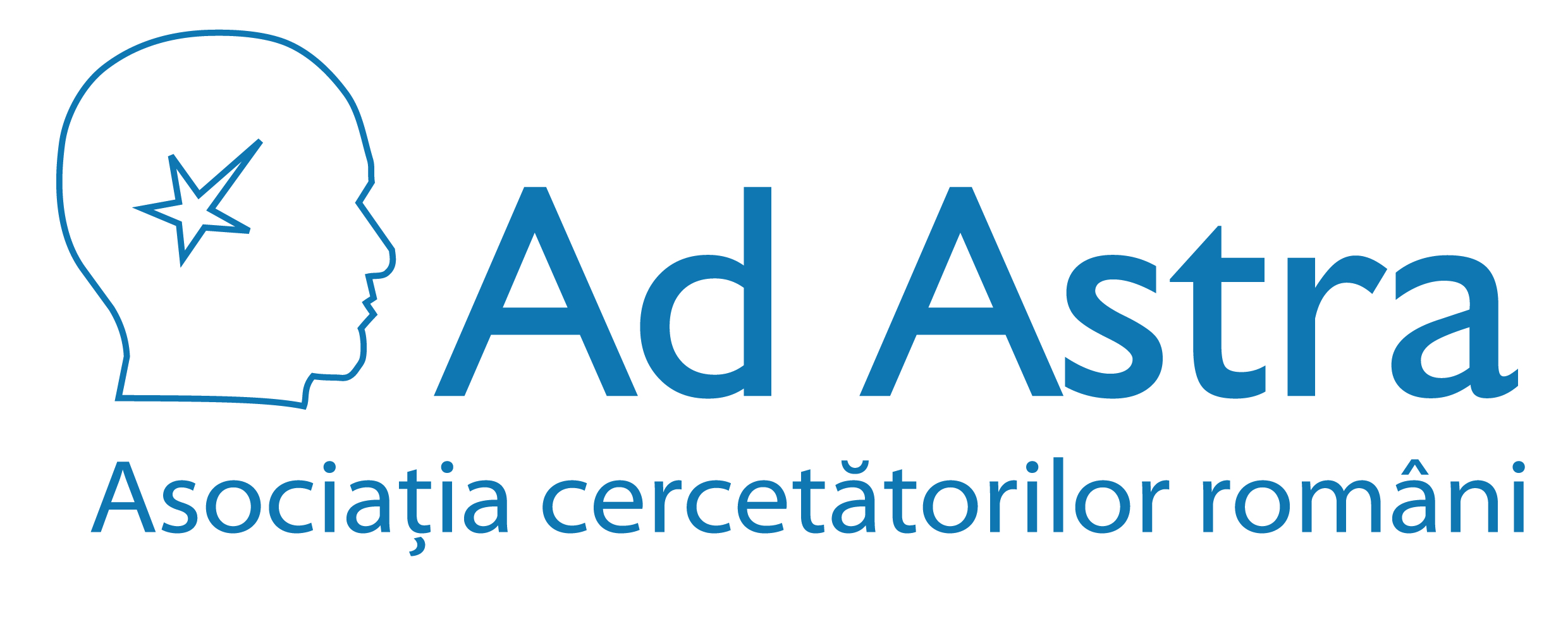Evaluating the Liver Tumors Using Three-Dimensional Ultrasonography. A Pictorial Essay
The liver tumors represent a major public health issue. Among the imaging techniques, ultrasonography remains an important diagnostic method, taking into consideration its large availability, the non-invasive and repetitive characteristics and the low cost. Its current limits can be surpassed, at least at some extent, by using some new techniques such as the 3D ultrasonography. 3D ultra-sonography provides several advantages: increases the efficiency
Read more